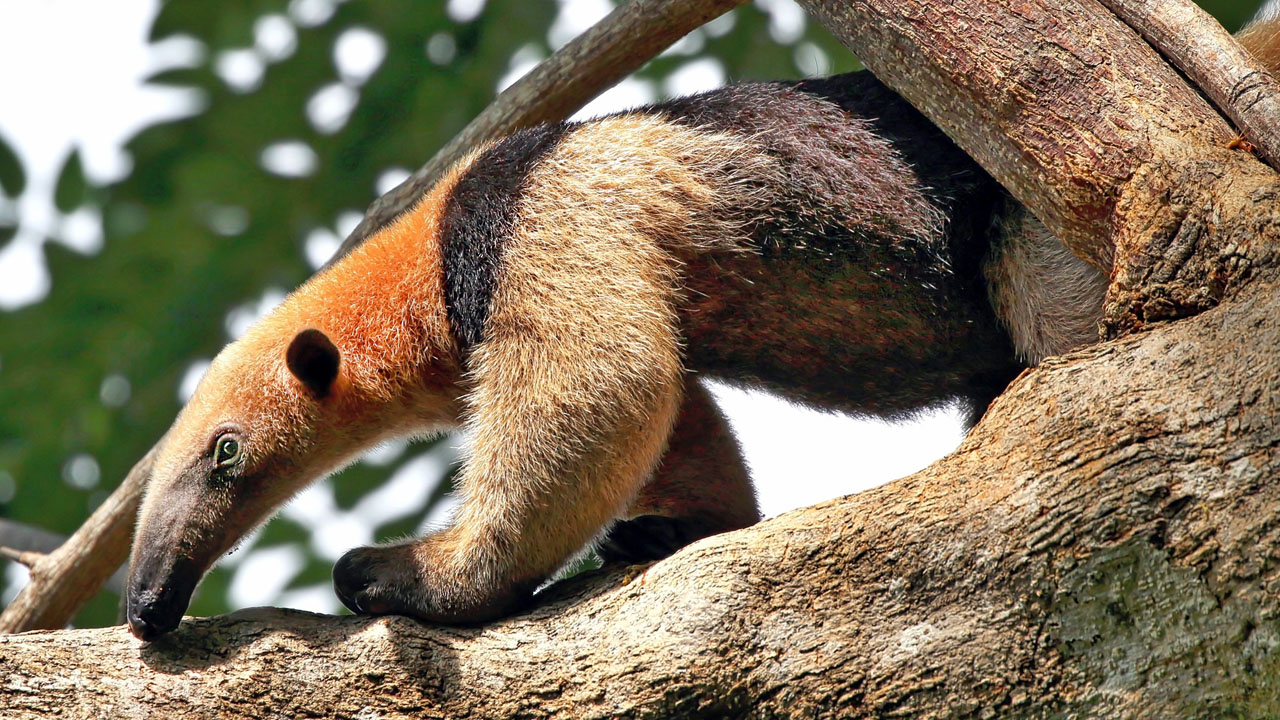Month: October 2021
Working in harmony with nature

There is now no doubt, planetary health, animal exploitation, biodiversity loss, emergent disease and climate change are all interconnected and stem from the often-exploitative human activity on the natural world. The costs of inaction will be far greater than the costs of resolution. Whereby everyone will be affected unless everyone plays their part.
…
At CoP26 next week, the UN Climate Change Conference, world leaders will debate how and when, during a year of unprecedented challenges, they will implement actions to fulfil the Paris Climate Accords. Ultimately to reduce greenhouse gas emissions and limit global warming. Planet Earth is currently experiencing its highest atmospheric CO2 concentrations, that has not been equalled for millions of years. Inactively to reduce emissions will result in temperature rises that threaten the balance of life and the collapse of everything that gives us security.
An inevitable outcome of CoP26 are regulatory measures that will enforce decarbonisation, which are understandably at the forefront of the minds of the green-conscious business that wants to play their part. For the travel and tourism sector, however, limiting carbon emissions, whilst recommended, can only be minimal.
Nature-enhancing solutions, on the other hand, provides the sector with a relatively cost-effective solution to this conundrum. Nature is the very fabric on which all life on Earth is based. It includes the plants and the animals, the soil and the rock, and the air and water on which life depends. Whilst biodiversity refers to the multitude of living things that make up nature – the 8 million or so species on the planet – including us, humans. Nature has the natural ability to absorb and store carbon so, the greater the biodiversity, the greater the amount of carbon stored. Travel and tourism already value nature, from its vital eco-system services to the uniqueness it provides to the destinations we love to visit. This literal lifeline offers travel and tourism an opportunity to bring greater value to nature, ensure its better protection, and ultimately position the sector a force for good.
This was my proposition to the Latin American travel and tourism sector during the LATA’s EXPO this October. Latin America is hugely undervalued, considering it is the most biodiverse geographical region on Earth. It is home to most of the known amphibian species, birds, mammal species, and an amazing 60,000 species of tree! Not only that, but its forests produce 20% of the oxygen we breathe, act as a store of 50% of all the carbon dioxide we humans produce, absorb solar radiation, limit the Earth’s reflectivity, regulates our freshwater supply, and stabilise climatic conditions. All vital allies in our struggle to combat climate change. Yet 100 acres of rainforest is cleared every minute, with Amazon wildfires, said to cause the loss of 10 million hectares each year. Why? Because local communities currently put greater value on the conversion of forest to agricultural land, than the protection of the forests.
Tourism has the ability to reverse this disruptive, and life-destroying trend. Managed responsibly, tourism can bring greater value to these wild places, encouraging the better protection of animals and nature, and incentivise local guardianship rather than deforestation.
To that end, ANIMONDIAL and the LATA Community are working together to reduce travel and tourism’s negative impact on the region where possible and champion nature-enhancing practices. Launching in 2022, a year devoted to biodiversity, the initiative will celebrate Latin America’s rich biodiversity. Mobilising governments, businesses, and communities to bridge the gap in knowledge and understanding, identify and minimise negative impact, adopt sustainable practices and restore nature lost.
Whatever happens at CoP26, action on climate change is already affecting the way we value land and ecosystems. But waiting for our governments to act may be too late, let this be an opportunity for travel and tourism to take the reins, and ensure biodiversity-rich, lower income countries have the opportunity to benefit financially from restoring their climate-friendly landscapes. Delivering nature’s approach to lessening climate change and our ability to work in harmony with nature.
» Watch ANIMONDIAL’s presentation of LATA – The Value of Biodiversity
» Find out more about the significance of CoP26 and CoP15

